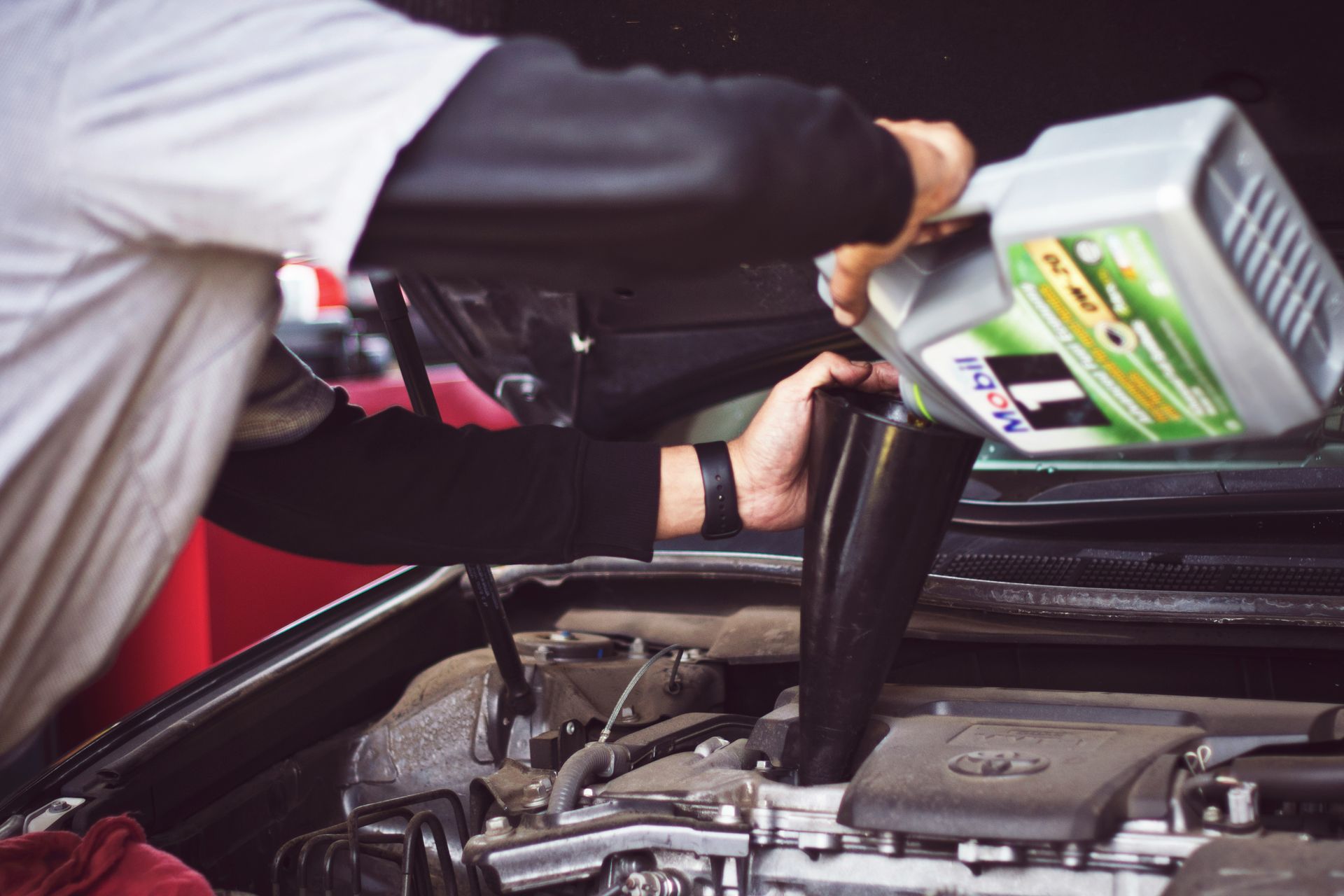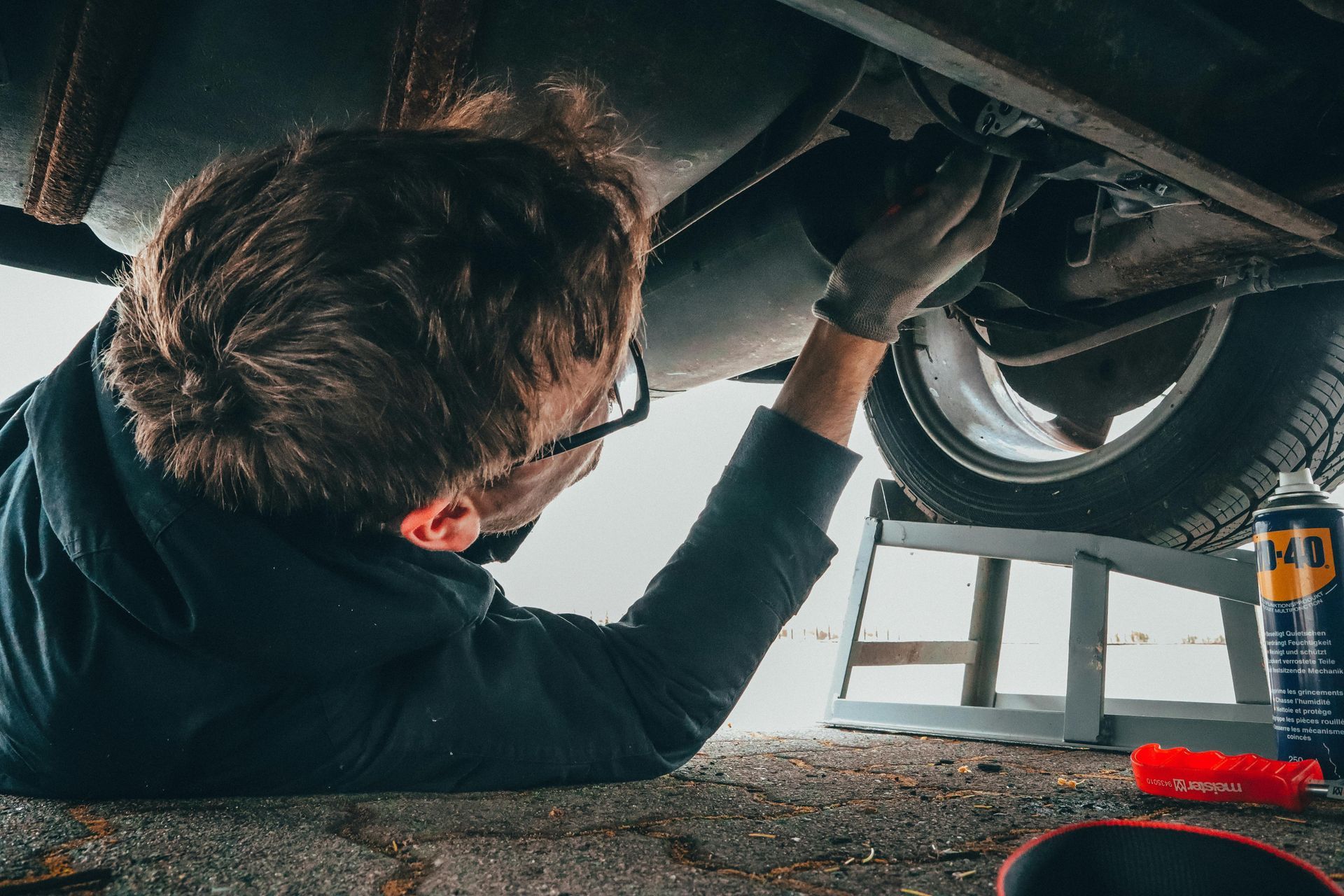How much will it cost to repair my car?
This is one of our most-asked questions. The truth is, there are several variables which can impact the cost of a repair. We want to address these here and equip you with sufficient information, enabling you to make an informed decision when it comes to any future repairs.
These variables include, but are not limited to, the following:
- Material quality, and whether parts are genuine or second-hand – At CARS, we recommend only using genuine parts, specific to your vehicle’s make and model. Some repairers may use second-hand or non-genuine parts to carry out repairs. This will lower the cost of the repair, however it is important to note that when a vehicle is manufactured, before being released for sale, the car will go through rigorous testing to establish its safety rating.
The use of non-OE (Original Equipment) will impair the quality of the repair and ultimately, the safety of the vehicle, should it be involved in another incident. The aim of any high-quality vehicle body repair centre should be to reinstate the vehicle to the standard in which it left the factory. After all, we are travelling around in a 70 miles per hour safety cell.
- Repair or replace? – In some cases, it may be cheaper to repair a damaged panel than to carry out a replacement. Although a repair in many cases is cheaper, is it always ethical?
On modern cars, more and more, as repairers we are being challenged by the use of different types of metals in vehicle manufacturing. For instance, some panels are made of metals containing alloy. These types of metals are extremely brittle and become weak during impact, and manipulation during the repair process. In a lot of cases, these panels should be replaced.
Conversely, if a repairer is choosing to replace a panel with a high alloy content, the use of incorrect welding equipment can also make this metal extremely brittle, resulting in the vehicle becoming vulnerable if it were to be in another accident.
- Adhering to manufacturer repair methods – The cost of a repair will depend on whether the repairer follows manufacturer guidelines. As stated previously, vehicles should always be returned to the state in which the manufacturer intended. This means that the repairer should always follow data provided by the manufacturer and a good start when choosing your repairer would be to ask whether they adhere to this. After all, it will be the manufacturer who is best equipped to provide the best data for repairing your vehicle.
- Estimate quality and attention to detail – It is important to note that there will always be grey areas when it comes to choosing whether to repair or replace, among other factors. Estimators have a varying degree of knowledge and experience.
In short, your chosen repairer should have highly skilled technicians, working to manufacturer methods and using quality replacement parts. The only grey areas which will then impact the cost would be estimate quality and the labour rate.
Older vehicles are fitted with passive safety systems that only become active at the point of impact. These safety systems include items such as your seatbelts and airbags. In contrast, newer vehicles have modernised Advanced Driver Assistance Systems (ADAS), such as pedestrian avoidance, automatic emergency braking and blind spot detection, which aim to avoid accidents that usually occur because of human error. These active safety systems rely on multiple data sources which are continually monitoring the external surroundings of the vehicle. The systems use radar, cameras and other devices in image processing, to help your vehicle with collision avoidance.
It is important that an estimator is trained to identify underlying damage which could impact the functionality of ADAS modules, as these systems will usually need recalibrating to ensure the vehicle is safe and road-worthy once repaired. Furthermore, these modules are not always visible. As such, estimators should have access to manufacturer data, enabling them to carry out an investigation to find the specific modules that require recalibration.
The estimator will make the decision to repair or replace based on manufacturer data, in conjunction with their knowledge and experience of accident repair. They should also take into consideration the least intrusive method of repair and how damage to one area of the vehicle could impact other aspects of its safety and performance. Repair centres will incur a cost for the use of this manufacturer data, which will impact the subsequent cost of the repair.
Choosing not to follow the guidelines set out by manufacturers when repairing vehicles may lower the cost of a repair, however this could possibly mean that your vehicle may not respond correctly if it were to be involved in a further incident.
- Labour rate – Rates are variable from business to business. Main dealers are often far more expensive than independent body shops. This is mainly because main dealers have a guaranteed workflow, whereas independent body shops are more likely to offer a discounted rate to attract the customer. This may also be reflected in the customer service you receive.
We hope you’ve found this article useful. In summary, here are some key questions you may ask when sourcing estimates from potential repairers:
- Are new and genuine parts being used to repair my car? You may be happy to use recycled parts, as this could be better for the environment. However, it would be wise to ask for the history of those parts, and photos of them before having them fitted to your vehicle.
- Will the repairer adhere to manufacturer repair methods? The vehicle should always be returned to the state in which the manufacturer intended.
- Is the estimator qualified to recognise the exact specification of my vehicle, identifying safety systems such as ADAS? There is more to vehicle repair than meets the eye, and an estimator should be able to identify both visible and non-visible damage.
The real cost to you will depend on whether you choose to pay for the car repairs yourself or make a claim on your insurance. Making a claim on your insurance is often seen as a negative option or last resort, when, although your premiums may increase in future years, this is unlikely to be equivalent to the amount you would pay upfront if you chose to pay for the repairs yourself.












